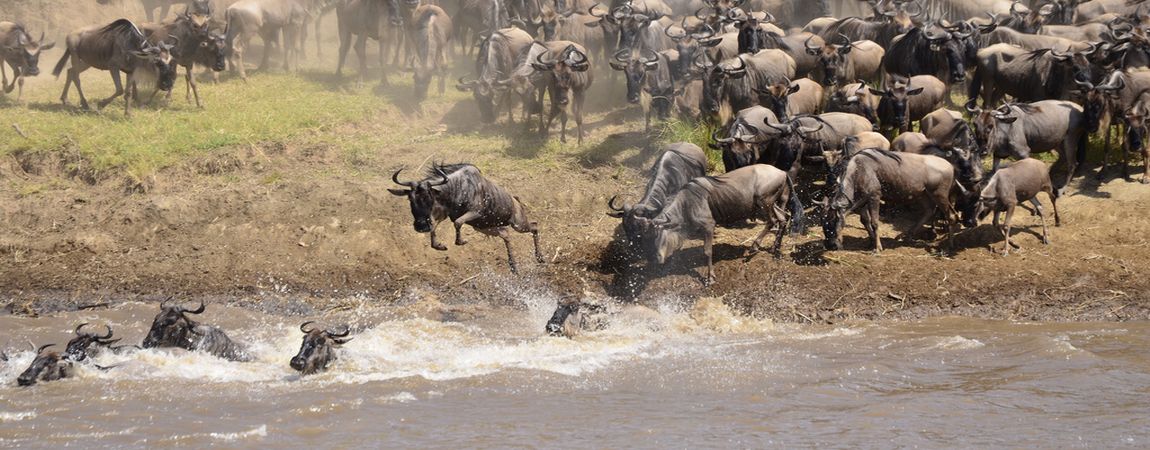- Home
- Kenya Safaris
- Tanzania Tour
- Uganda Tour
- Africa
- Africa Family Safari Holiday l Africa Family Holiday
- Africa safari vacation packages
- Africa Luxury Safari Holiday l Africa Luxury Tours
- East Africa Safaris
- Africa Safari Adventures
- East Africa Mountain Hiking
- Africa Photographic Tours
- East Africa Lodge Safaris
- East Africa Flying Tours
- East Africa Camping
- East Africa Beach Holidays
- Hotels
- Contacts


You must be logged in to post a comment.